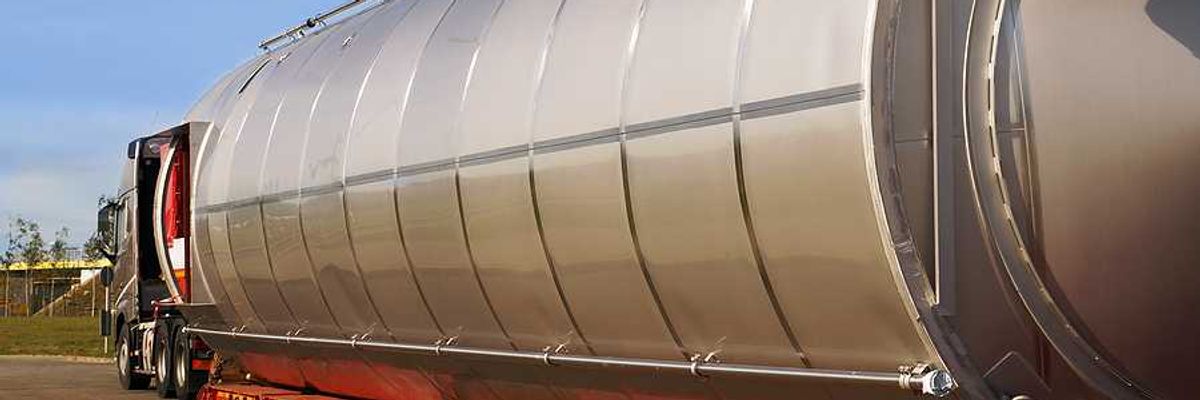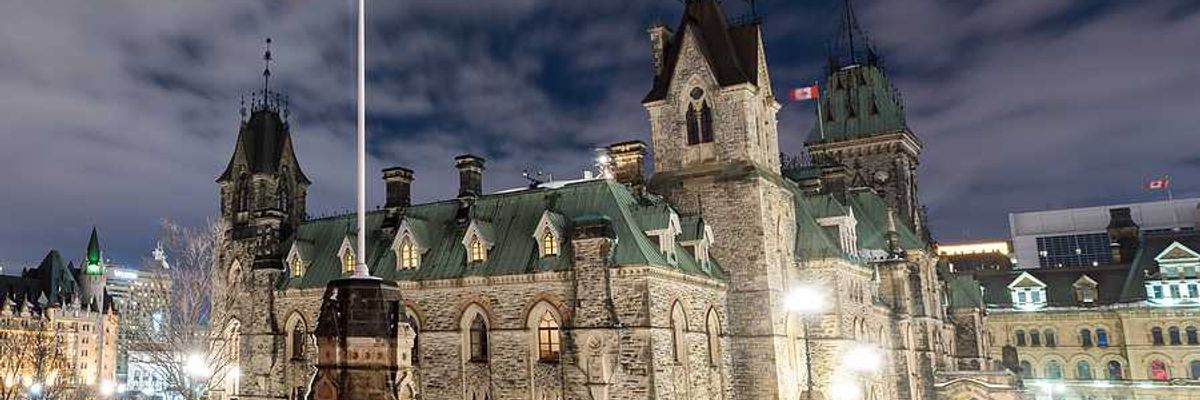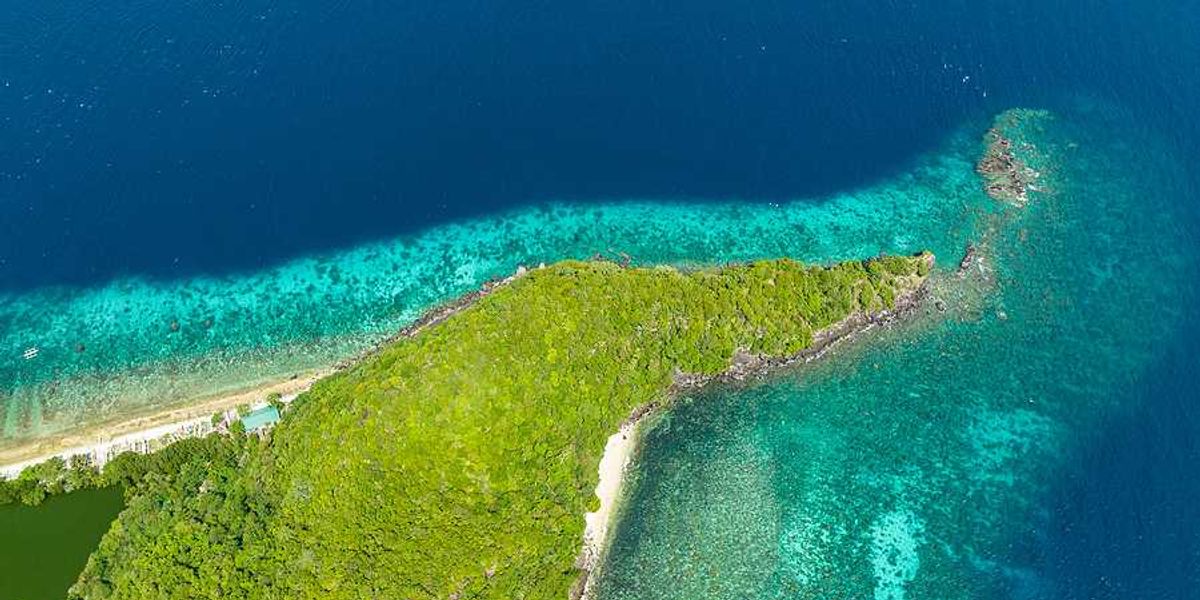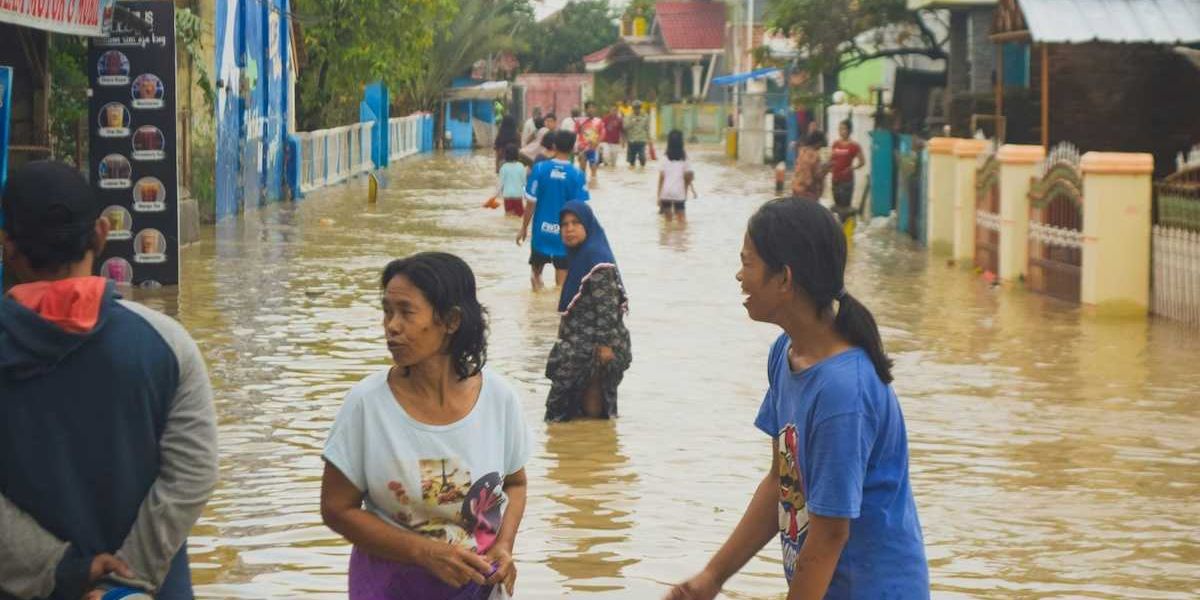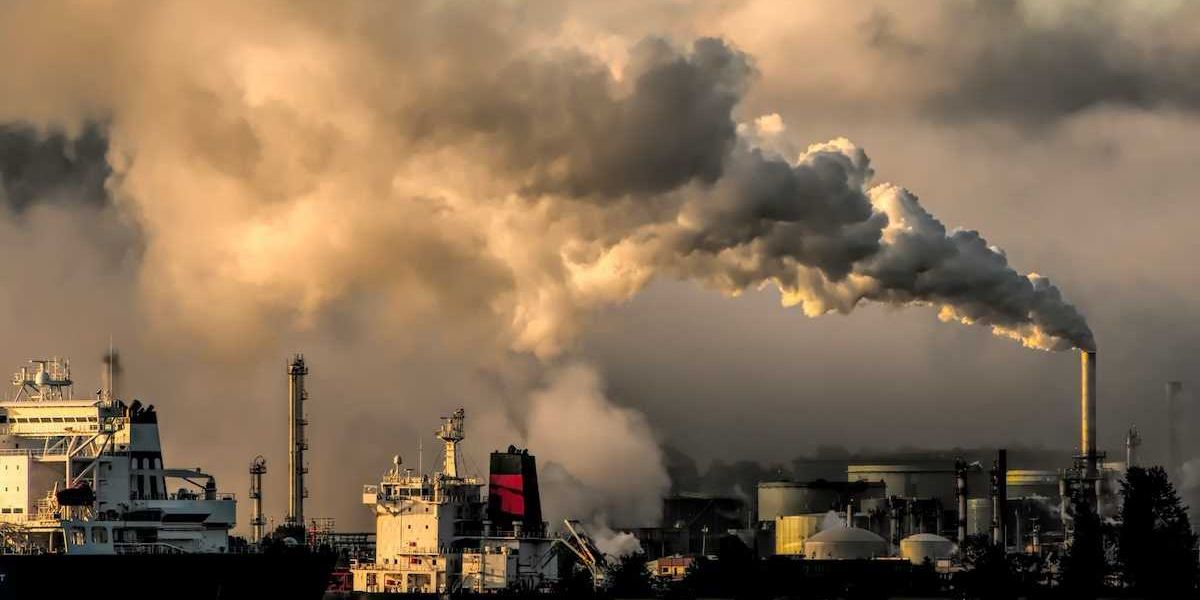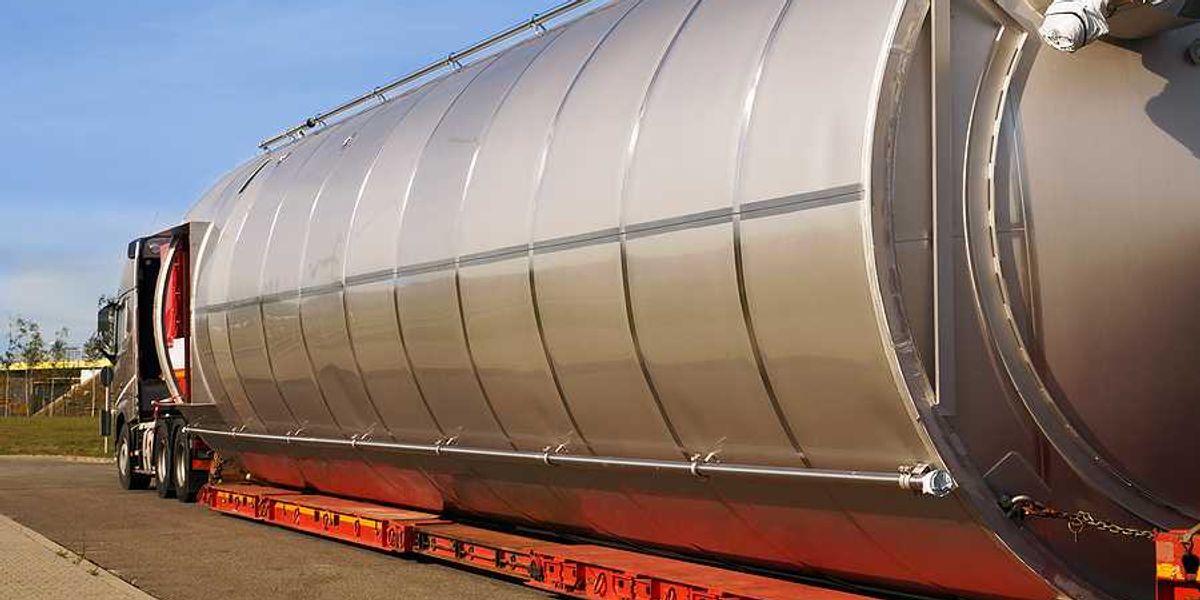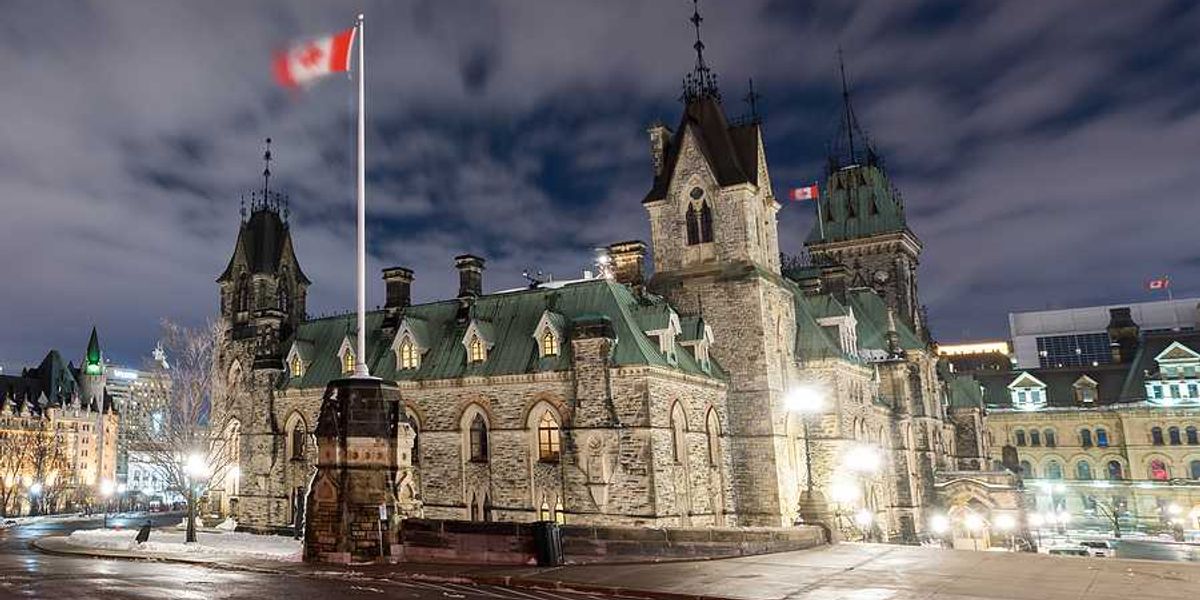permafrost thaw
Alaskan rivers turning orange due to climate change
Climate change is causing Alaska’s rivers to turn orange, posing serious risks to the state's ecosystems and rural communities.
In short:
- Melting permafrost is releasing sulfide minerals into rivers, causing a chemical reaction that turns the water orange.
- These changes threaten aquatic health and could impact rural communities dependent on subsistence fishing.
- Researchers identified 75 affected rivers, noting high metal content and acidity in the water.
Key quote:
“It’s really disturbing to see this kind of rapid change associated with climate change. It’s a call to action for the entire state.”
— Tim Bristol, executive director of Salmon State
Why this matters:
The phenomenon highlights the broader impacts of climate change on vital natural resources. This could disrupt the livelihoods of rural Alaskan communities and the state's significant fishing industry, heightening the urgency for climate action.
Related: The planet is losing free-flowing rivers. This is a problem.
The foul chartreuse sea
Mathematical alarms could help predict and avoid climate tipping points
A new study finds that mathematical tools can find early warning signals that can accurately predict climate tipping points.
When climate change threatens cemeteries, how do communities cope?
The grim origins of an ominous methane surge
As Arctic gets warmer and wetter, Alaska is slammed by extreme events, report says
U.S. commits $75 million to relocate three tribes threatened by climate change
The U.S. Bureau of Indian Affairs will grant three tribes $25 million each to relocate homes, schools, and critical infrastructure. These are the first grants distributed under a program aimed at helping tribes cope with climate change.

